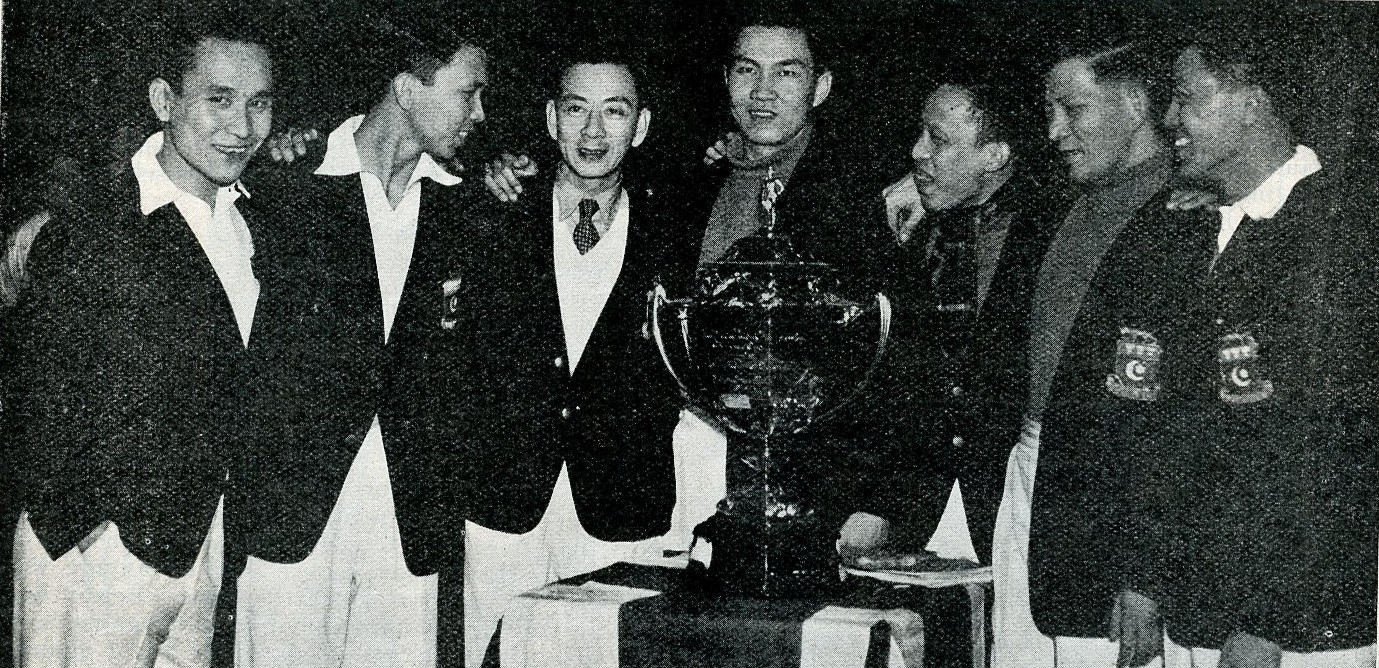The Story of Badminton
Badminton, a sport now enjoyed by millions worldwide, has a rich history that traces back centuries, evolving from a simple pastime to a highly competitive game. Its origins are deeply rooted in various cultures across Eurasia, where similar games involving shuttlecocks have been played for generations.
The Early Beginnings: Battledore and Shuttlecock
Before badminton emerged as the sport we know today, it evolved from the ancient game of battledore and shuttlecock, which was enjoyed across various cultures, including in China, where it was known as "jianzi," and Japan, where it was called "hanetsuki." This simple pastime, which involved keeping a shuttlecock aloft using paddles, was also popular in 17th and 18th-century Europe, particularly among the English and French aristocracy. However, the transformation into modern badminton occurred in the mid-19th century in Pune, India, during the British colonial period. British military officers stationed in Pune encountered a local version of the game called "Poona," which incorporated a net and structured gameplay. Enthralled by this version, they brought it back to England, where it quickly gained popularity among the upper classes. Unfortunately, like many cultural elements from colonized regions, the origins of the game were often overshadowed by its rebranding in the West. The game was introduced to British society in 1873 at a garden party at Badminton House in Gloucestershire, which led to the sport being named "badminton," with little acknowledgment of its Indian roots.

The Formalization of the Game
As badminton gained popularity in England, the need for standardized rules became apparent. The Bath Badminton Club, founded in 1877, played a significant role in this process, publishing the first official rulebook in 1887. The game was initially played under the "Pune rules," but these were revised in 1890 by J.H.E. Hart and Bagnel Wild, leading to the formation of the Badminton Association of England (BAE) in 1893. The BAE launched the first official badminton tournament, the All England Open Badminton Championships, in 1899, which included events for gentlemen's doubles, ladies' doubles, and mixed doubles. Singles competitions were added the following year.

The Spread and Growth of Badminton
Badminton's popularity spread rapidly beyond England, with the formation of clubs and associations across Europe and the Commonwealth. In 1934, the International Badminton Federation (now known as the Badminton World Federation, or BWF) was established, with founding members including England, Scotland, Wales, Canada, Denmark, France, Ireland, the Netherlands, and New Zealand. India joined as an affiliate in 1936. While England was instrumental in the early development of the sport, it is Denmark that has traditionally dominated men's badminton in Europe. Globally, however, Asian countries have emerged as the sport's powerhouses, consistently producing top-ranked players and dominating international competitions.

Evolution of Equipment and Gameplay
The evolution of badminton has not been limited to its rules and global reach; the equipment used in the sport has also undergone significant changes. The first badminton rackets were made of a single piece of wood, with strings crafted from animal gut. Over time, materials like aluminum, steel, and eventually carbon fiber revolutionized racket design, making them lighter and more powerful. Shuttlecocks, initially made from unrefined bird feathers, also evolved. Today, standardised feathers are used, and synthetic shuttlecocks have been introduced for all tournaments sanctioned by the BWF.
Modern Badminton: A Thrilling Competitive Sport
Today, badminton is a fast-paced and thrilling sport played internationally. Matches are typically played in a best-of-three-games format, with each game played to 21 points under the "rally scoring" system adopted in 2006. This scoring system allows either side to score a point at any time, adding to the game's intensity and excitement.
From its humble beginnings as a leisurely pastime to its status as a global sport, badminton's journey is a testament to its enduring appeal and the passion of its players and fans. Whether played casually in backyards or fiercely contested on international stages, badminton continues to captivate and inspire, making its mark as one of the world's most beloved sports.



